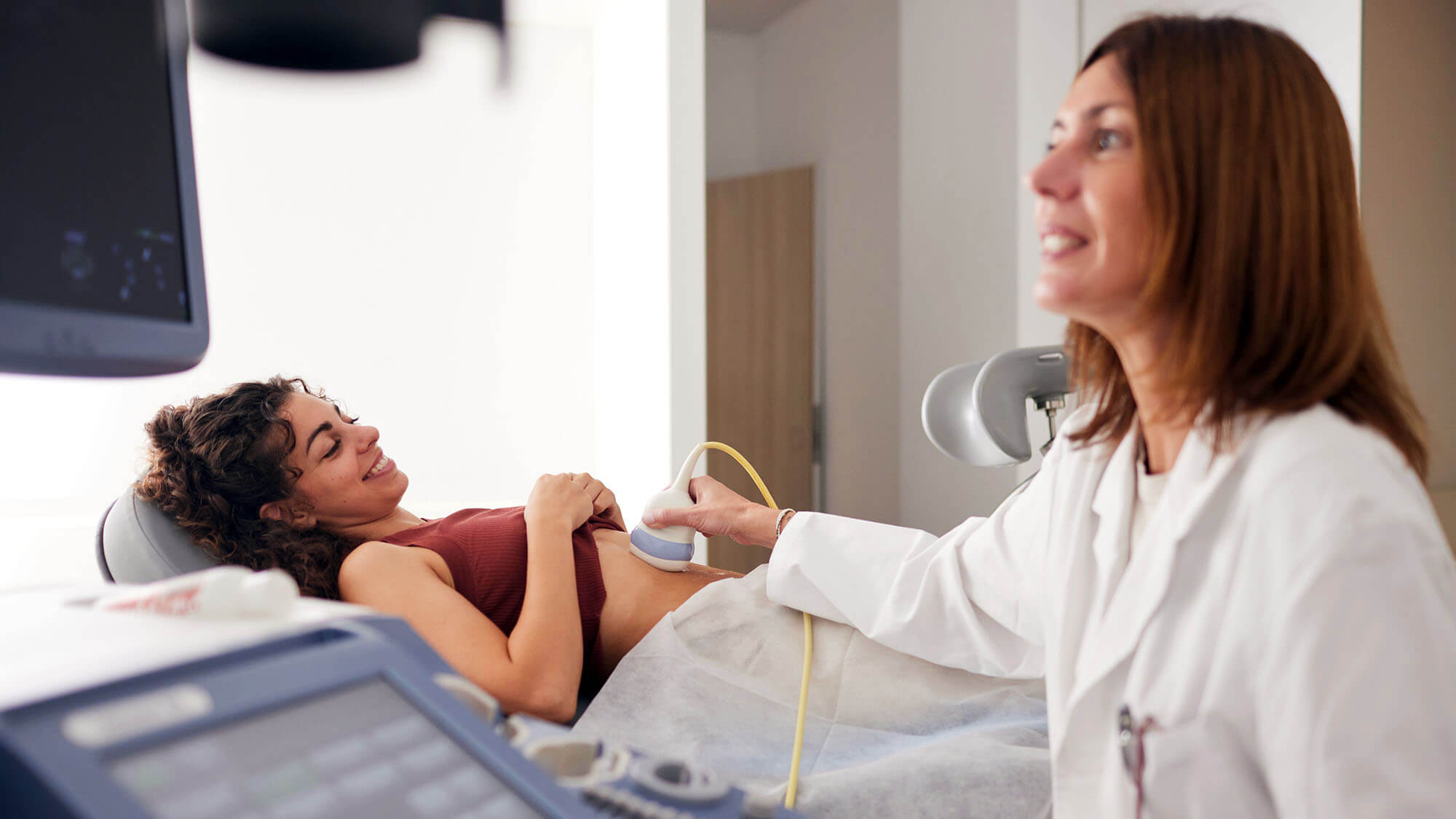Streamlining Global Market Access for Medical Devices with the IECEE CB Scheme

18 Feb 2025
Understanding the CB Scheme and Its Benefits for Medical Device Manufacturers
Bringing a medical device to market is a complex process that involves navigating regulatory requirements across multiple geographies. Manufacturers seeking global market entry must often undergo redundant testing and certification processes, increasing costs and delaying time to market. This is where the Certification Body (CB) Scheme, operated by the IECEE, the IEC System for Conformity Assessment Schemes for Electrotechnical Equipment and Components, plays a pivotal role.
The CB Scheme provides a streamlined approach to obtaining product safety certification across multiple countries through a single testing and certification process. By leveraging this program, manufacturers can significantly reduce time, cost, and regulatory hurdles, ensuring a smoother path to global market acceptance.
What is the IECEE CB Scheme?
The CB Scheme is a globally recognized program designed to facilitate international trade in electrical and electronic equipment, including medical and laboratory devices. It allows manufacturers to obtain a single CB certificate and accompanying CB test report, which can be used to demonstrate compliance with the relevant IEC standards in multiple countries. This process eliminates the need for repetitive testing, making it a cost-effective and efficient approach to certification.
The key advantages of the CB Scheme include its global acceptance, as a CB certificate is recognized by more than 50 countries worldwide, including major markets such as the United States, Canada, China, Japan, Germany, and Italy. It offers cost efficiency by allowing manufacturers to avoid redundant testing, thereby reducing both time and expenses associated with multiple certifications. The scheme further accelerates time to market through its streamlined process, which expedites regulatory approvals and enables manufacturers to launch products more quickly. Additionally, it simplifies market entry, particularly benefiting small- to medium-sized manufacturers by removing regulatory barriers, allowing them to concentrate on innovation and product development.
Medical Device Standards and the CB Scheme
One of the primary reasons the CB Scheme is particularly valuable in the medtech (and laboratory) industry is its reliance on IEC standards. The most commonly used standard for medical devices is IEC 60601-1, which governs the safety and essential performance of medical electrical equipment. Additional collateral and particular standards, such as IEC 60601-1-2 (Electromagnetic Compatibility requirements) and IEC 60601-1-6 (Usability requirements), are also operated in the IECEE CB Scheme.
Particular standards apply to specific types of medical devices. The IECEE references hundreds of standards overall in the electrical equipment for medical use (MED) category, including some of the most frequently used Particular Standards: IEC 60601-2-2, IEC 60601-2-18, IEC 60601-2-54, and IEC 60601-2-37.
Manufacturers must confirm that their applicable standards are covered under the CB Scheme, as not all standards automatically qualify. The IECEE’s official website provides a comprehensive list of standards operated in the scheme and CB Scheme testing laboratories worldwide.
Addressing National Deviations
While the CB Scheme offers a certification path, manufacturers must be aware of country-specific deviations. These deviations arise due to national regulatory requirements, voltage differences, and other localized safety considerations. Countries that participate in the CB Scheme recognize IEC standards but may impose additional testing criteria.
To maximize efficiency, manufacturers should identify target markets as early as possible in the development process and ensure that national deviations are incorporated into their initial CB testing. This proactive approach helps prevent costly retesting and delays when seeking market approval in different regions.
The Role of Components in CB Scheme Compliance
Component selection plays a critical role in ensuring compliance with IEC requirements. Key components such as power supplies and batteries should be CB certified or bear a national certification mark acceptable in the target country; selecting non-certified components can lead to additional testing, increased costs, and project delays. To avoid these challenges, manufacturers should prioritize the use of certified components whenever possible, verify component certification status early in the design phase, and engage with an authorized CB testing laboratory for guidance on compliance. Taking these steps proactively helps streamline the certification process and minimizes regulatory hurdles.
Updating a CB Certificate
Unlike North American Nationally Recognized Test Lab (NRTL) certifications, the CB Scheme does not require quarterly factory inspections at the manufacturing facility. If changes are made to the product, components are replaced or the standard changes, it is recommended to contact the NCB or associated CBTL to decide on the appropriate next steps
The CB Scheme allows for technical amendments, enabling manufacturers to effectively update their reports without undergoing full retesting. However, the program limits the number of modifications due to technical changes to the certified product(s) to three, after which a new CB Test Report shall be issued.
Why the CB Scheme is Essential for Medical Device Manufacturers
With the globalization of healthcare, medical device manufacturers must navigate diverse regulatory landscapes efficiently. The CB Scheme offers a strategic advantage by simplifying compliance, reducing testing costs, and expediting international market access.
For companies planning to expand their reach, early engagement in the CB certification process is critical. Identifying applicable standards, selecting approved components, and incorporating national deviations into initial testing can save time and resources in the long run.
By leveraging the CB Scheme, manufacturers position themselves for success in an increasingly competitive market, ensuring their products meet the highest safety and performance standards recognized worldwide.
